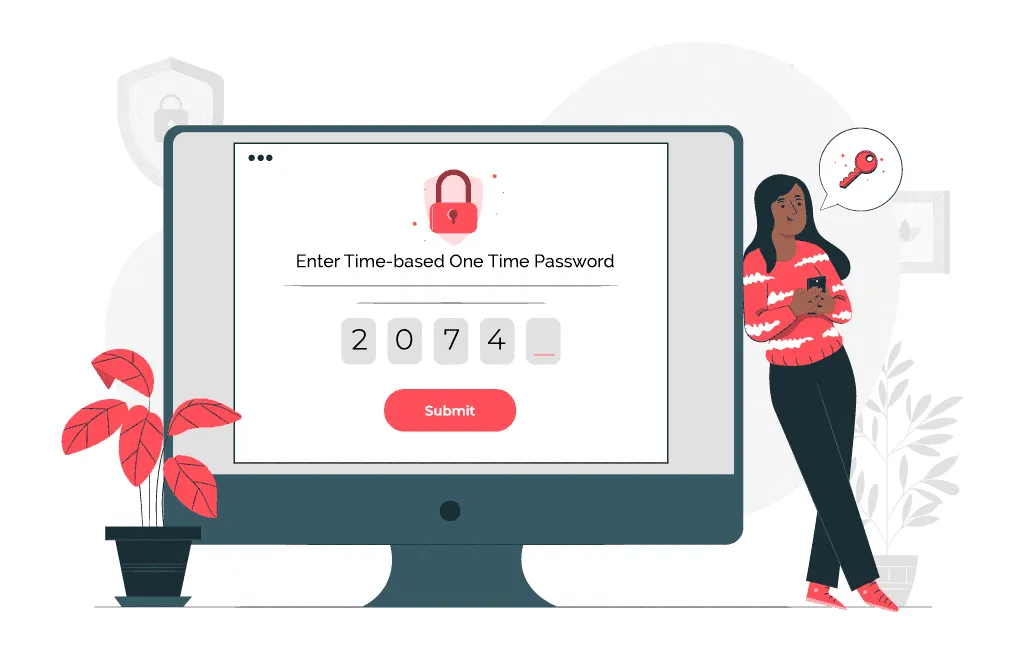Learn about Amazon’s one-time password delivery system, its importance for security, and how to safely use your Amazon OTP during deliveries.

In today’s digital age, security is a significant concern for online shoppers. Amazon, one of the largest e-commerce platforms, employs various security measures to protect its users, and one of the most crucial is the use of the one-time password (OTP). This system adds an extra layer of protection during transactions and deliveries, ensuring that users’ accounts and personal information remain safe.
What is Amazon’s One-Time Password?
An Amazon one-time password is a unique code generated for a single transaction or session. This code is typically sent to the user’s registered mobile number or email address. The purpose of the OTP is to verify the identity of the user before completing a sensitive action, such as confirming a delivery or accessing account settings.
When a customer requests a delivery, Amazon generates a 6-digit code and sends it to the user. This is part of the Amazon OTP delivery process. The user must then enter this code to confirm their identity and authorize the delivery. This extra step helps prevent unauthorized access and ensures that only the rightful owner of the account can finalize the delivery.
How to Get OTP for Amazon Delivery
If you are expecting a package, you might wonder, “How to get OTP for Amazon delivery?” When your order is scheduled for delivery, check your registered email or SMS for the OTP. You should receive the Amazon password for delivery shortly before the scheduled time.
If you do not receive the OTP, you can request it again through the Amazon app or website. Make sure your contact information is up to date in your account settings to ensure you receive the OTP without any issues.
Importance of the One-Time Password System
The Amazon delivery one-time password system is essential for several reasons:
- Enhanced Security: OTPs provide an additional security measure. Even if someone obtains your account password, they cannot complete a transaction or delivery without the OTP.
- Fraud Prevention: The one-time nature of the password means that it is only valid for a short period and cannot be reused. This helps prevent fraudsters from exploiting the system.
- User Control: With the OTP system, users have more control over their deliveries. If a user does not authorize a delivery or if they receive a code they did not request, they can take action to protect their account.
Risks and Specific Scams
Despite the security measures in place, there are still risks associated with the one-time password Amazon delivery system. One common scam involves fraudsters impersonating Amazon representatives. They may contact users via email, phone, or text message, claiming there is an issue with an order or delivery.
For example, a scammer might send a message that reads: “Your recent Amazon order requires verification. Please reply with the one-time password we just sent you.” This is a red flag. Legitimate Amazon communications will never ask for your OTP. If you share the code, the scammer gains access to your account, potentially allowing them to change your password or make unauthorized purchases.
Another variant of this scam involves sending fake notifications claiming that a package is on the way, urging users to verify delivery details. The message may include a link that appears legitimate but actually leads to a phishing site designed to steal your credentials or OTP.
Always remember: Amazon will never ask for your OTP in an unsolicited manner. If you receive such a request, do not share your Amazon password delivery. Instead, contact Amazon customer service directly through their official website to report the incident.
Disabling One-Time Password Delivery
Some users may feel that the OTP system is inconvenient and may wonder if it is possible to disable one-time password delivery. While it is generally not recommended to do so, you can manage your security settings within your Amazon account.
To disable this feature, navigate to your account settings and look for security options. However, be aware that disabling OTP may leave your account more vulnerable to unauthorized access.
Conclusion
In conclusion, the Amazon delivery one-time password system plays a crucial role in securing transactions and protecting user accounts. By requiring a unique code for each delivery, Amazon ensures that only the authorized user can confirm their delivery.
While the system enhances security, users must remain vigilant against potential scams that target their OTPs. Always verify the source of any requests for your OTP and keep your contact information updated to receive the codes promptly.
Ultimately, understanding how to manage the Amazon OTP delivery system can enhance your online shopping experience, making it safer and more secure. By staying informed and cautious, you can enjoy the benefits of shopping on Amazon without compromising your personal information.




